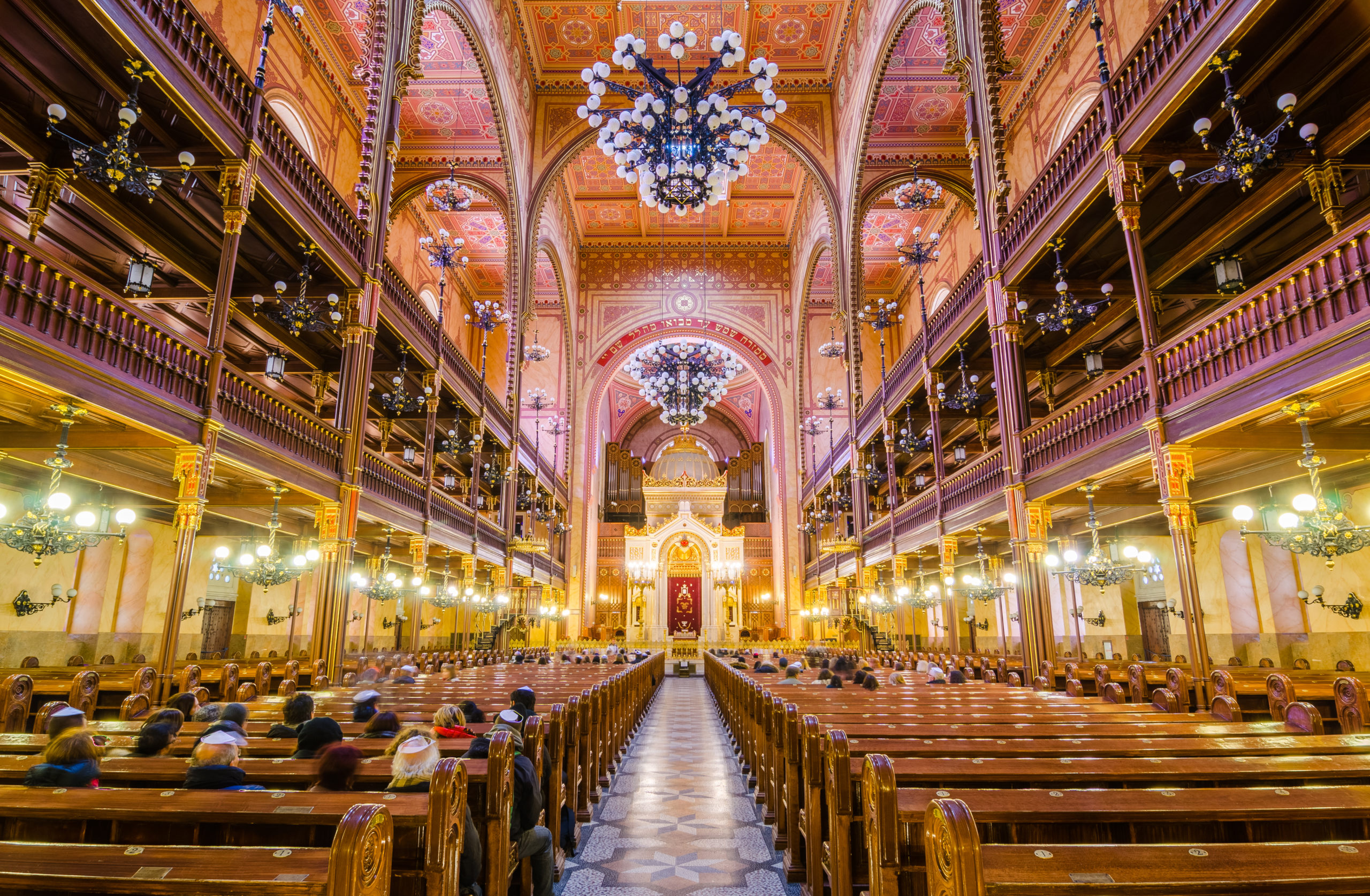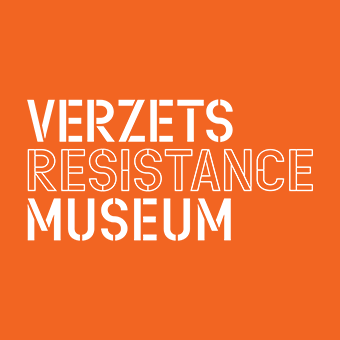Dutch Resistance Museum
The Verzetsmuseum, also known as the Dutch Resistance Museum, is located in Amsterdam, Netherlands, and is dedicated to preserving and sharing the history of the Dutch resistance during World War II. The museum was established in 1984 and is housed in a former synagogue that was used as a hiding place for Jewish families during the war.
Initiatives
The Verzetsmuseum exhibits a collection of artifacts, photographs, documents, and personal stories that illustrate the experience of the Dutch people during the occupation. The museum’s displays cover topics such as the resistance movement, everyday life under German occupation, and the Holocaust.
The museum also houses an extensive archive that includes personal diaries, letters, and other documents related to the resistance. In addition, the Verzetsmuseum has a research center that provides access to its collections for scholars and researchers.
Over the years, the Verzetsmuseum has expanded its mission to include the study of resistance movements around the world and the broader issues of human rights and social justice. The museum is now known as the National Holocaust Museum and Dutch Resistance Museum and continues to educate visitors about the courage and sacrifices of those who fought against oppression during World War II.
The National Holocaust Museum and Dutch Resistance Museum (Verzetsmuseum), is a single museum that has two distinct parts: the Dutch Resistance Museum and the National Holocaust Museum.
The Dutch Resistance Museum focuses on the history of the resistance movement in the Netherlands during World War II. It tells the stories of ordinary people who opposed the German occupation and explores the ways in which they resisted, such as by hiding Jews, producing illegal newspapers, and engaging in acts of sabotage.
The National Holocaust Museum, on the other hand, focuses specifically on the persecution and extermination of Jews during the Holocaust. It explores the history of antisemitism in Europe, the rise of the Nazi party, and the systematic murder of six million Jews and other groups during the Holocaust.
While the two parts of the museum are distinct, they are closely related in terms of their subject matter and the broader historical context in which they operate. Both museums aim to educate visitors about the events of World War II and the importance of resisting oppression and standing up for human rights.
The National Holocaust Museum and Dutch Resistance Museum (Verzetsmuseum) have been actively involved in initiatives against antisemitism. Here are some examples of their efforts:
- Exhibitions: The museum hosts exhibitions that focus on the history of antisemitism in the Netherlands and the role of the resistance in fighting against it. For example, the exhibition “The Jews in the Netherlands during the Second World War” explores the persecution and extermination of Jews in the Netherlands and highlights the stories of resistance fighters who helped save Jewish lives.
- Educational Programs: The museum has developed educational programs that teach young people about the dangers of antisemitism and other forms of discrimination. These programs include workshops, lectures, and educational materials that are used in schools throughout the Netherlands.
- Research: The museum conducts research on the history of antisemitism in the Netherlands and the role of the resistance in combating it. This research is used to develop new exhibitions and educational programs.
- Collaboration with other organizations: The museum works closely with other organizations that are dedicated to fighting antisemitism, such as the Anne Frank House and the Center for Information and Documentation on Israel (CIDI).
- Community outreach: The museum participates in community events and engages with the public to raise awareness about the dangers of antisemitism and the importance of standing up against it.



 NOA is co-funded by the Rights, Equality and Citizenship Programme (2014-2020) of the European Union
NOA is co-funded by the Rights, Equality and Citizenship Programme (2014-2020) of the European Union